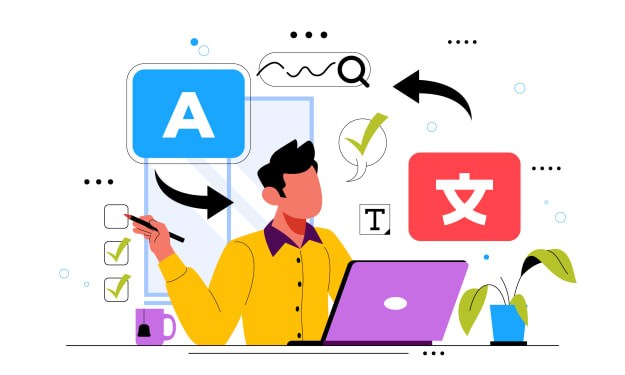The Impact of Translation on eLearning User Engagement
User Engagement

In the globalized world of education, eLearning has become a vital tool for delivering knowledge across different regions and cultures. Translating eLearning content is crucial for reaching a wider audience, but it also raises significant challenges in maintaining a high-quality user experience (UX). This article explores the impact of translated eLearning content on learners and highlights key factors that influence their engagement and learning outcomes.

The Importance of Translation in eLearning
Translation of eLearning content is essential for several reasons:
- Accessibility: Provides learners with access to educational materials in their native language, breaking down language barriers.
- Inclusivity: Ensures that non-native speakers can fully participate in the learning process, fostering a more inclusive educational environment.
- Cultural Relevance: Adapts content to reflect cultural nuances, making it more relatable and effective for diverse audiences.
- Global Reach: Expands the reach of educational programs, allowing institutions and organizations to impact a broader audience.
Impact of Translated eLearning Content on User Experience
Comprehension and Clarity
- Accurate Translation: Ensures that learners understand the material without confusion. Misinterpretations can lead to misunderstandings and hinder learning.
- Simplified Language: Uses clear and simple language to accommodate varying levels of language proficiency among learners.
Engagement and Motivation
Cultural Adaptation: Incorporates culturally relevant examples, idioms, and references to make the content more engaging and relatable.
Visuals and Multimedia: Adapts images, videos, and other multimedia elements to suit the cultural context, enhancing learner engagement.
Consistency and Coherence
- Terminology Management: Maintains consistent use of terminology and phrasing throughout the course to prevent confusion.
- Style and Tone: Adheres to a consistent style and tone that matches the original content, ensuring a coherent learning experience.
Interactivity and Functionality
- Technical Integration: Ensures that interactive elements such as quizzes, drag-and-drop activities, and simulations function correctly in the translated version.
- User Interface: Adapts the user interface to accommodate language-specific nuances, such as text direction and character spacing.
Emotional and Psychological Impact
- Cultural Sensitivity: Avoids cultural stereotypes and sensitive topics that could offend or alienate learners.
- Inclusive Content: Promotes diversity and inclusivity, helping learners feel represented and respected.

Best Practices for Enhancing UX in Translated eLearning Content
Involve Native Speakers
- Linguistic Accuracy: Employ native speakers for translation to ensure linguistic accuracy and naturalness.
- Cultural Insights: Utilize native speakers’ cultural insights to adapt content appropriately.
Use Professional Translation Services
- Expertise in eLearning: Choose translators with expertise in eLearning to handle the specific requirements of educational content.
- Quality Assurance: Implement robust quality assurance processes to review and refine translations.
Conduct Usability Testing
- User Feedback: Gather feedback from learners who speak the target language to identify any issues with comprehension or engagement.
- Iterative Improvements: Use feedback to make iterative improvements, enhancing the overall learning experience.
Implement Localization
- Beyond Translation: Focus on localization, which includes translation as well as cultural adaptation of content, visuals, and interfaces.
- Cultural Relevance: Ensure that all aspects of the course, from examples to assessments, are culturally relevant and appropriate.
Leverage Technology
- Translation Management Systems (TMS): Utilize TMS to manage and streamline the translation process, ensuring consistency and quality.
- Adaptive Learning: Use adaptive learning technologies to tailor content to the learner’s language proficiency and cultural background.

Conclusion
The translation of eLearning content significantly impacts the user experience, influencing learners’ comprehension, engagement, and overall satisfaction. By focusing on accurate translation, cultural adaptation, consistency, and user feedback, educational institutions and organizations can enhance the effectiveness of their eLearning programs. Implementing best practices and leveraging technology are essential steps to ensure that translated eLearning content provides a positive and impactful learning experience for all users.
About the Creator
Enjoyed the story? Support the Creator.
Subscribe for free to receive all their stories in your feed. You could also pledge your support or give them a one-off tip, letting them know you appreciate their work.





Comments (1)
Great Vinay.